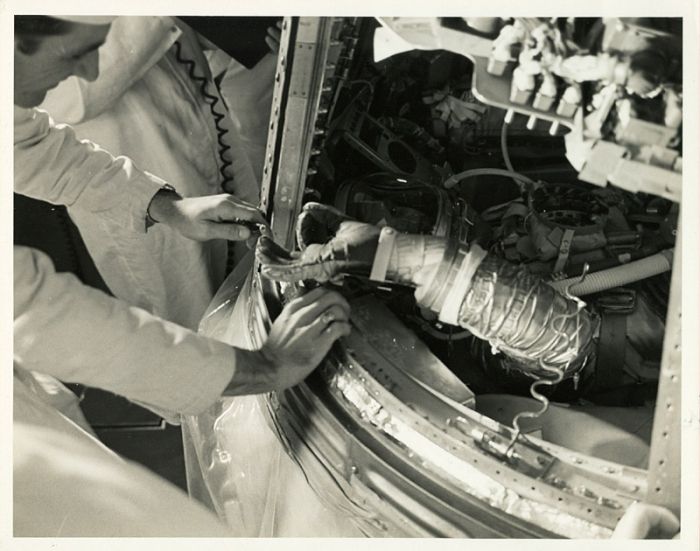|
|
History: NASA Archive Photography
|
At that time the Soviet Union had taken the lead in the space race. In April 1961, one month before Alan Shepard, cosmonaut Yuri Gagarin became the first person in space when he orbited the Earth once in Vostok 1. Further in August the same year, the follower Vostok 2 made a day long orbital flight which led to canceling of additional American suborbital missions; they were no longer enough. Three more orbital flights were made by the Mercury project after Friendship 7, the last in 1963. Three additional orbital flights were cancelled since it was clear that the Mercury spacecraft had reached its limit of staying in space.
The defeat in the first round of the spacerace led to the introduction of the Moon race program, Apollo, in 1961 just after the flight of Freedom 7. However, it was estimated that this could not be done in one step and that further projects in Earth orbit were needed.
- Project Gemini (1962–1966, manned missions from 1965)
Project Gemini focused on conducting experiments and developing and practicing techniques required for lunar missions. The first Gemini flight with astronauts on board, Gemini 3, was flown by Gus Grissom and John Young on March 23, 1965. Nine missions followed, showing that long-duration human space flight and rendezvous and docking with another vehicle in space were possible, and gathering medical data on the effects of weightlessness on humans. Together with that, Gemini missions also included the first American spacewalks.
|
|









